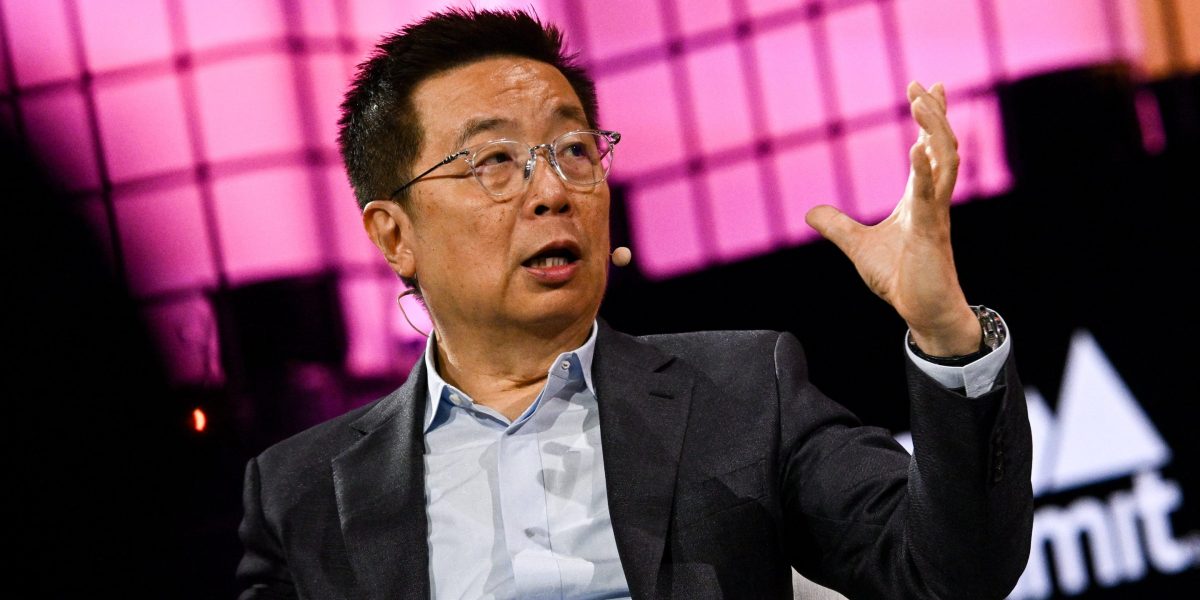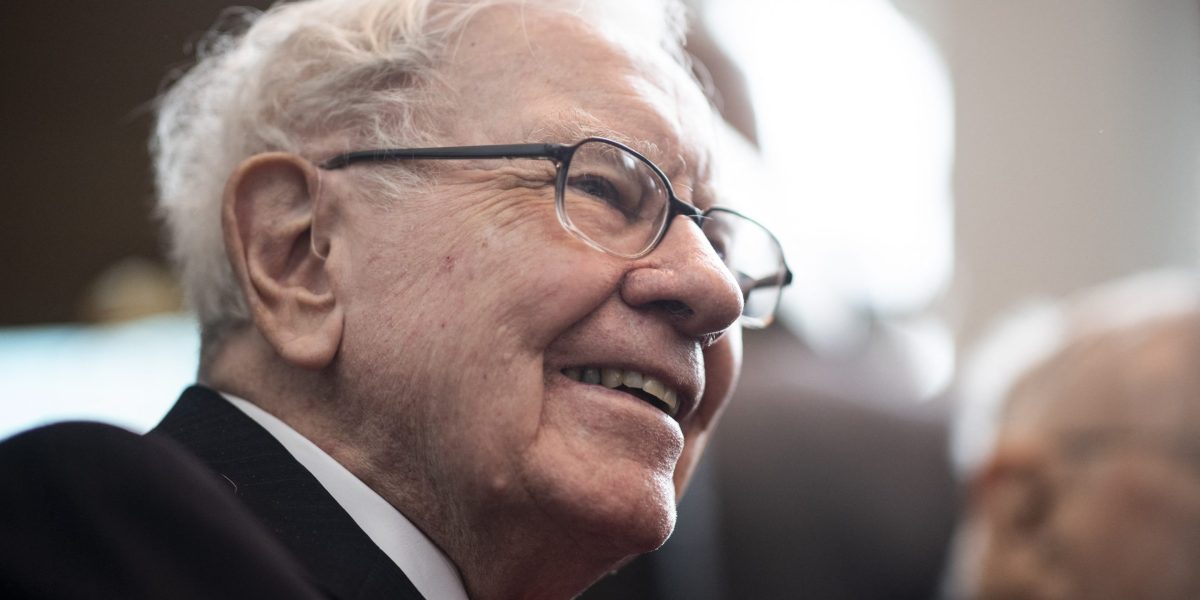DeepSeek has made open-source cool again. The Chinese startup’s decision to use open-source frameworks to achieve sophisticated reasoning has shaken up the AI ecosystem: Since then, Baidu has made its ERNIE model open-source, while OpenAI CEO Sam Altman has said he thinks his non-open source company may be on the “wrong side of history.”
There are now two distinct paradigms in the AI sector: the closed ecosystems promoted by giants like OpenAI and Microsoft, versus the open-source platforms championed by companies like Meta and Mistral.
This is more than just a technical debate. Open vs. closed is a fundamental debate about AI’s future and who will control the new technology’s vast potential as a trillion-dollar industry takes shape.
Lessons from history
Every software revolution has been, at its heart, a struggle between open and closed systems.
In the mainframe era, IBM and its closed system dominated, prompting the aphorism: “Nobody ever got fired for choosing IBM.” But as technology matured, businesses turned to open systems that freed them from vendor constraints.
This cycle happened again and again. Open-source Linux challenged Microsoft Windows. PostgreSQL and MySQL became an alternative to Oracle’s databases.
Vendor lock-in, where switching providers becomes nearly impossible, stifles innovation, limits agility, and creates vulnerability. Those same risks will only increase as AI is increasingly integrated into critical business processes.
Open platforms mitigate those risks, allowing organizations to change vendors or bring solutions in-house without incurring crippling costs.
Why open source matters
Consumers may enjoy the convenience of a closed platform. Yet enterprises have different priorities. Organizations can’t send sensitive data and proprietary information through black box APIs that they don’t control.
Open-source AI models offer three critical advantages.
First, open models keep sensitive information within an organization’s infrastructure, reducing the risk of data breaches from interactions with an external server.
Second, enterprises can tailor open-source models to their unique needs, fine-tuning models with their proprietary data without being constrained by a closed system.
Finally, organizations can avoid scaling fees charged by vendors by deploying open-source models on their own infrastructure.
Closed platforms may be simple, but they don’t provide the safety, flexibility and low costs of an open-source model.
Ironically, OpenAI’s rise was built on open-source foundations. The “Attention Is All You Need” paper released by Google in 2017 provided the blueprint for modern language models. Yet, despite this foundation, OpenAI has shifted from its initial open-source ethos to a more closed model, raising questions about its commitment to ensuring that AI benefits “all of humanity.”
Microsoft’s partnership with OpenAI has rapidly positioned the tech giant at the forefront of the commercial AI landscape. With over $13 billion invested, Microsoft has integrated GPT-4 across its ecosystem—from Azure to Office applications via Copilot, GitHub, and Bing—creating a powerful lock-in effect for businesses that rely on these tools.
Historically, closed AI systems have dominated through brute-force strategies: Scaling data, parameters, and computing power to dominate the market and create barriers to entry.
Yet, a new paradigm is emerging: the reasoning revolution. Models like DeepSeek’s R1 demonstrate that sophisticated reasoning capabilities can rival proprietary systems that depend on sheer scale. Reasoning is a Trojan horse for open-source AI, challenging the competitive landscape by proving that algorithmic advancements can diminish the advantages held by closed platforms.
This opens up a crucial opportunity for smaller labs and startups. Open-source AI fosters collective innovation at a fraction of the cost associated with closed systems, democratizing access and encouraging contributions from a wider range of participants.
Currently, the traditional AI value chain is dominated by a few players in hardware (Nvidia), model development (OpenAI, Anthropic) and infrastructure (Amazon Web Services, Microsoft Azure, Google Cloud Platform). This has created significant barriers to entry, due to high capital and compute requirements.
But new innovations, like optimized inference engines and specialized hardware, are dismantling this monolithic structure.
The AI stack is becoming unbundled in this new ecosystem. Companies like Groq are challenging Nvidia in hardware. (Groq is one of Race Capital’s portfolio companies.) Smaller labs like Mistral have built creative models that can compete with OpenAI and Anthropic. Platforms like Hugging Face are democratizing access to models. Inference services like Fireworks and Together are reducing latency and increasing throughput of requests. Alternative cloud marketplaces, such as Lambda Labs and Fluidstack, offer competitive pricing with the Big Three oligopoly.
Balancing open vs. closed
Of course, open-source models bring their own risks. Training data could be misappropriated. Malicious actors could develop harmful applications, like malware or deepfakes. Companies, too, may cross ethical boundaries by using personal data without authorization, sacrificing data privacy in pursuit of competitive advantage.
Strategic governance measures can help mitigate these risks. Delaying releases of frontier models could give time for security assessments. Partial weight sharing could also limit the potential for misuse, while still providing research benefits.
The future of AI rests on the ability to balance these competing interests—much like how AI systems themselves balance weights and biases for optimal performance.
The choice between going open or closed represents more than just preference. It’s a pivotal decision that will determine the trajectory of the AI revolution. We must choose frameworks that encourage innovation, inclusivity, and ethical governance. Going open-source will be the way to achieve that.
The opinions expressed in Fortune.com commentary pieces are solely the views of their authors and do not necessarily reflect the opinions and beliefs of Fortune.
This story was originally featured on Fortune.com
Source link


 Entertainment8 years ago
Entertainment8 years ago
 Politics8 years ago
Politics8 years ago
 Entertainment8 years ago
Entertainment8 years ago
 Entertainment8 years ago
Entertainment8 years ago
 Tech8 years ago
Tech8 years ago
 Tech8 years ago
Tech8 years ago
 Tech8 years ago
Tech8 years ago
 Politics8 years ago
Politics8 years ago






